The three-story Kumari Ghar house, built of red brick and over 260 years old, is the residence of the virgin goddess in the capital city of Kathmandu.
Located at the intersection of Dubar and Basantapur squares in Kathmandu, the capital city, is a three-story red brick building that serves as the residence of the Kumari (the virgin goddess). Known as Kumari Ghar or Kumari Bahal, the house was built by King Jaya Prakash Malla in 1757. The structure boasts typical Nepalese grandeur with elaborate wooden sculptures depicting deities and cultural symbols of the country, according to the Nepal Tourism Board.
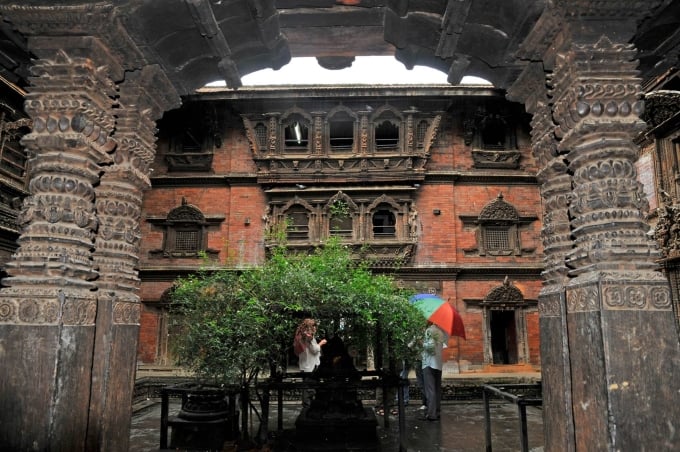
The dwelling place of the goddesses of virginity. Photo: Nepal Tourism Board.
Inside the building is Kumari Chowk, a large, square brick courtyard. Surrounding the courtyard are the three-story house's intricately carved wooden balconies and windows. "This makes it potentially the most beautiful indoor courtyard in Nepal," commented Lonely Planet , the US-based travel book publisher.
The building was constructed in the style of a Buddhist monastery. In the center of the courtyard is a miniature stupa bearing the symbol of Saraswati, the goddess of knowledge, music , art, and nature. In a major earthquake in 2015, the house suffered only minor damage, despite the surrounding buildings and roads being severely damaged. Many believe the house survived intact thanks to the blessings of the virgin saint who lives there.
Visitors can visit the house for free, but are not allowed inside; they can only stand in the central courtyard. Kumari appears by the window from 9 to 11 am. Visitors are forbidden from photographing the goddesses, but they may take photos in the courtyard when Kumari is not present.
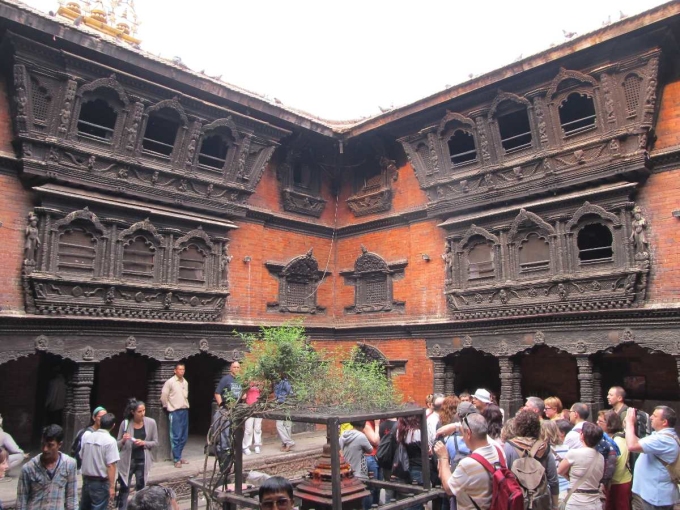
The courtyard area of the building, where visitors are allowed to visit and take photos. Photo: KTM guide
There are very few images of the interior of the Kumari's residence because it is considered a sacred place, and not everyone is allowed to enter. Some images show the interior of the building as spacious, simply furnished brick rooms. The Kumari's reception room has tiled floors and a red carpet, with red curtains. There is only one armchair with a backrest for the Kumari in the room. Others sit on the floor or mats. Portraits of previous Kumaris hang on the walls of the reception room and in other places such as the staircase.
At the large golden gate to the right of the temple stands the giant chariot used to carry the living goddess in a procession around the city during the annual Indra Jatra festival. The eight-day Indra Jatra is considered the most exciting and revered event for the people of the Kathmandu Valley. They pour into the streets and follow the chariot carrying the goddess to receive blessings.
Kumaris are worshipped by both Hindus and Buddhists. People believe that Kumari is the reincarnation of the goddess Durga (the Mother Goddess in Hinduism).
Kumari is not allowed to speak to strangers, except for family and close friends. She will no longer be a goddess once she experiences her first menstruation.
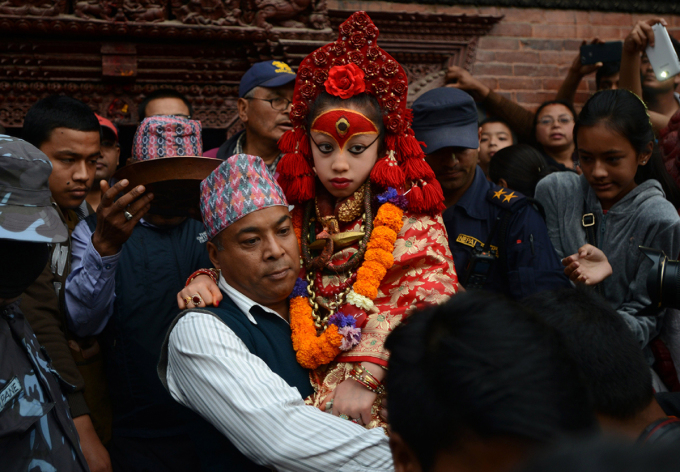
A virgin goddess in Nepal. Photo: AFP
After a Kumari's term ends, the authorities will hold a search for a new one. To become the chosen one, girls must pass more than 30 rigorous tests administered by the elders. One of the criteria for selection is that the girl must have "a slender neck like a conch shell, and gentle eyes like a cow."
The goddesses typically appear before crowds with meticulously applied makeup, elaborate red costumes, and abundant jewelry. Aside from festive occasions, they remain confined to their rooms within the Kumari Ghar. Their daily routines include waking early, bathing, performing rituals, reading newspapers, or watching television.
Her feet were not allowed to touch the ground because the people considered the earth unclean. Most goddesses would travel by being carried or sitting in a palanquin. Their private rooms were the only places they were allowed to walk. During festivals, people would kiss the goddess's feet to receive blessings. After their term as goddess ended, the girls would continue their education, marry, have children, and live normal lives like everyone else.
(By Anh Minh , according to the Nepal Tourism Board and Lonely Planet )
Source link








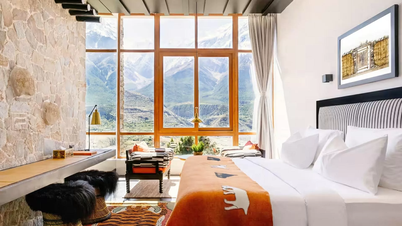





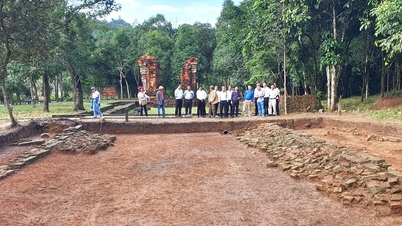

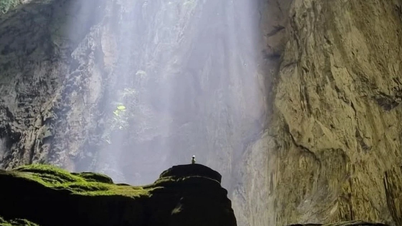




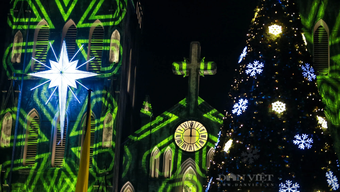

























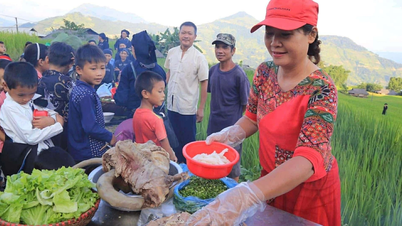











































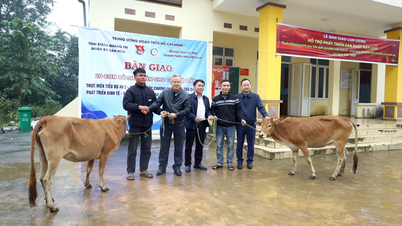






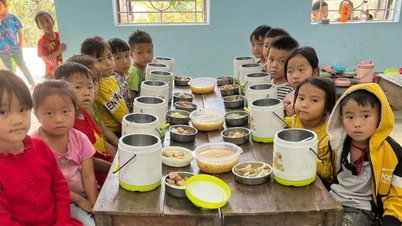














Comment (0)